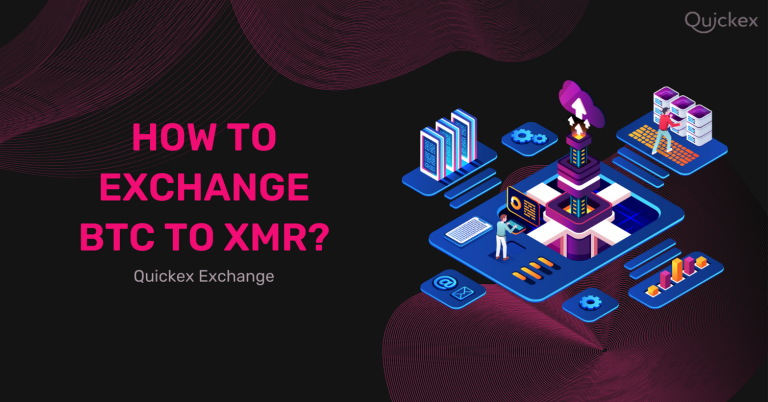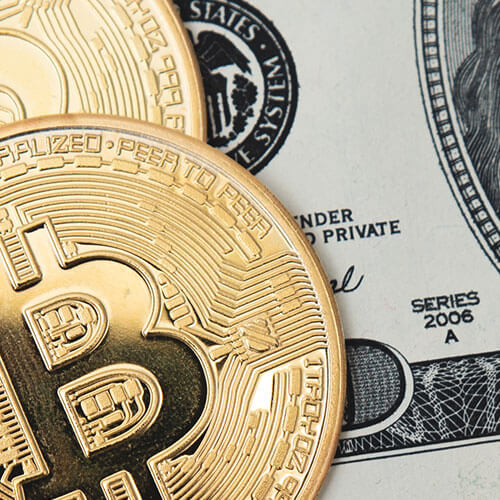What Drives the Price of Cryptocurrencies?
From the moment Satoshi Nakamoto mined the first block of Bitcoin (BTC) in 2009 until now, more than 5,000 new cryptocurrencies have been created. With the Bitcoin blockchain and altcoins such as Ethereum (ETH), Litecoin (LTC), Ripple (XRP), DogeCoin (DOGE), Bitcoin Cash (BCH), and others, the total cryptocurrency market exceeds $1 trillion.
However, cryptocurrency prices can swing much more than other asset prices on the market and we can’t know for sure what their price will look like in the future. The only thing we can do is follow market metrics and make predictions.
This takes us to the topic of today’s article: What determines the price of crypto assets and why are they so volatile? After reading this article, you will understand the dominant forces behind cryptocurrency prices and will be able to evaluate the price speculations with a better-educated eye.
What Gives Cryptocurrency Value?
The value of a cryptocurrency depends on the supply and demand dynamics as the main determinants of the prices in the cryptocurrency market. A seller supplies the goods or services while the buyer creates demand. Because two parties need to agree on the price for a transaction to occur in any market, what we do to determine the price is basically to match a seller with a buyer who agrees on the price.
So, the price of a commodity, a service, a stock share, or a cryptocurrency, is an abstract concept at the beginning and determined only after the commerce takes place. This is also the way the value of cryptocurrencies is set when they are first generated – through cryptocurrency trading. There is no other currency behind them to give them value, they are inherently valuable because there are people who think so.
Let’s illustrate this using an imaginary cryptocurrency you’ve just created called KryptoCoin. Assume that there are only 100 kryptocoins available, and each of them has already been mined, which makes it immediately tradable. At the moment, the coin has a value of zero because no one has bought any of it yet, and the market price has not been determined.
The Value Determined by Your First Customer
Let’s say you have found a potential customer, Pam. She wants to buy 50 of your coins for $10 dollars each. When she does so, by giving you $500, she determines the price of KryptoCoin at $10. This increases the overall market capitalization (market cap) of KryptoCoin to $1,000 as there are 100 coins available in the market with the price of $10 each.
Now you hold 50 kryptocoins with a total worth of $500. But you may not be able to find another customer like Pam who thinks one KryptoCoin is worth 10$. If you want to sell your coins quickly, you most likely would have to agree on a lower price, decreasing the market cap of the project. The other option is to wait to see if there’s anyone who thinks one KryptoCoin is worth more than 10$.
The Second Buyer Increases the Value
Let’s say you and Pam have waited long enough and Jim came along. He thinks the project is actually worth investing and the intrinsic value of a KryptoCoin should be $50. At this point, he wants to buy 60 kryptocoins for $15 each. Let’s say you sell all of your coins to Jim and Pam sells 10 of hers. He gives you $750 and gives Pam $150. In the meantime, he increases the overall market cap of KryptoCoin to $1,500.
Now, you don’t hold any kryptocoins but you have generated $1,250 from selling your coins. Pam holds 40 of them that are worth $600 and has generated $150 from her transaction with Jim. Lastly, Jim holds 60 kryptocoins that are worth $900. Moreover, if his prediction is correct, the price of KryptoCoin will increase over time and he will be holding 60 kryptocoins worth a lot more than his initial investment.
This is a very rough description of supply and demand dynamics in the cryptocurrency ecosystem. In real life, we have coins that are not pre-mined. Bitcoin is capped at 21 million BTC, and we still have around 2 million bitcoins left to be mined. Moreover, there is the cost of production, the coin availability on exchanges, political and legislative regulations, and speculations around the coins. So the dynamics are a bit more complicated than our story.
What Affects the Price of Cryptocurrencies?
Supply
The significant difference between fiat currency and cryptocurrency lies in the decentralized nature of cryptos. Fiat money around the world is issued by central banks that are able to regulate the money in circulation. For virtual currencies, there are different algorithms behind different coins that imply their regulations.
For example, Bitcoin’s supply is capped at 21 million, Litecoin has a maximum amount of 84 million LTC, while Ethereum doesn’t have an explicit supply cap but includes other reward regulations. Some coins are regulated by a core team that can decide to burn or release new coins. For example, to have a stablecoin like Tether (USDT), you need to control its supply accordingly to have its value stable in terms of USD.
Cost of Production
There are many different types of blockchain protocols that we use today, such as Proof of Work (PoW), Proof of Stake (PoS), and Proof of Capacity (PoC). There are different kinds of reward mechanisms for each protocol, and thus, different competition strategies are needed. These protocols imply the mining technology and the cost of production of the coins. For example, in the PoW protocol that Bitcoin, Ethereum, and Litecoin use, the competition over GPUs and the processing power is very high. Because whoever solves the encryption first receives the prize, miners must invest in high-tech equipment and electricity.
If the production cost is so high that it doesn’t satisfy a valid business model, the mining stops, and the supply of that coin reaches its cap. Some studies suggest that the price of Bitcoin is bound to rise until the mining is complete because the rewards need to meet the production costs put into mining a new Bitcoin block.
Demand
The demand for a cryptocurrency can increase when the project gains awareness, and there is an explicit use-value to the currency, or simply when there is anticipation for higher prices. The crucial thing about demand is that these variables are not independent of one another. For example, when there is an explicit use-value to the currency, investors anticipate a price rise that may result in public awareness.
Use Cases
Today, the primary medium of exchange we use every day is still fiat money. Although the movement towards crypto payments is happening, there is still some time before we think of crypto assets as the primary payment method. For the time being, this would be a bit impractical since the prices of cryptocurrencies are much more volatile than fiat currencies.
The use-value of a crypto asset affects its price directly. For example, when El Salvador adopted Bitcoin as a legal tender in June 2021, Bitcoin prices increased by 6%. Or when China banned crypto-related businesses and transactions, Ethereum prices fell by 7%. Today many big companies, including Starbucks and Paypal, already accept crypto payments and the trend is spreading. These adaptations play an important role in the valuation of cryptocurrencies for sure.
The Perceived Project Value
While there are coins created as a joke, such as DogeCoin (DOGE), there are digital currency projects run by ambitious and innovative people who want to make a difference. For example, coins that are energy-efficient such as Cardano (ADA) or Stellar (XLM) or coins that provide smart contract solutions Ethereum (ETH) and Solana (SOL). These kinds of things create a loyal base of investors and play a role in the long-term valuation of the coin.
Arbitrage
Most people invest in the cryptocurrency market in order to make a profit. Cryptocurrency exchanges such as Coinbase, Binance, and many others serve as an intermediary for those who want to buy and sell crypto assets to make a profit out of price fluctuations. What drives the price of virtual assets is mainly the anticipation of profit or loss. The cryptocurrency market is highly volatile compared to the stock market or fiat currencies.
External Factors
If you are interested in the cryptocurrency market, you definitely know how the price of DogeCoin skyrocketed by Elon Musk’s tweets. This kind of speculation among the public may generate an influx towards a coin and increase its volatility.
Another external factor that affects the price of a cryptocurrency is the economy outside of the crypto market. For example, if there is a crisis and most investors need to liquidize their crypto assets, the prices would fall dramatically.
A Few Words Before You Go…
Even though Bitcoin and other currencies have been around for over a decade, virtual assets are still developing. Because of their decentralized nature, they are very different from the investment instruments we had before. Our monetary policies on traditional currencies do not apply to cryptocurrencies. Today, blockchain technology is still advancing, and more and more people are entering the cryptocurrency market.
Like any other exchange market, to predict what will happen to the prices of cryptocurrencies precisely is an impossible task. Because the prices are governed by a complex set of variables such as production costs, competition, regulatory changes, or even events in social media, such a claim would be no more than fortune-telling. However, paying attention to the trends in the market, developments in coin technologies, and political attitudes around the world towards crypto assets may tell you where to stand on your investment decisions.






